Woomiok (우미옥)
8.6Km 2021-03-18
19-21, Myeongdong 10-gil, Jung-gu, Seoul
+82-2-774-6226
A barbecue specialty restaurant located in Myeongdong Cathedral, Seoul. The most famous menu is grilled beef. A restaurant where you can enjoy the highest-quality Korean beef.
Daehangno (대학로)
8.6Km 2021-04-09
Daehak-ro 104, Jongno-gu, Seúl.
+82-2-2148-1114
La zona de Daehangno, también escrita como Daehak-ro y Daehakro, es conocida como la calle de la juventud universitaria, ya que allí se ubicaba originalmente la Universidad Nacional de Seúl. Desde los años 80, muchos teatros comenzaron a trasladarse a Daehangno, y este lugar comenzó a desarrollarse como un centro cultural. Pronto se abrieron también cafés con música en vivo, salas de cine, cafés comunes y pubs, y la zona creció para convertirse en todo un distrito de entretenimiento. Su popularidad se mantiene aún por los famosos teatros pequeños tales como el Teatro Parangsae (Pájaro Azul) y Teatro Hakjeong, y unos 30 teatros adicionales, que contribuyen a que Daehangno continúe siendo un espacio neurálgico del arte en Corea.
En el centro de Daehangno está el Parque Marronnier, donde se realizan conciertos musicales en vivo o funciones de danza, interpretados por gente joven. Otra razón por la que se ha vuelto tan popular entre los jóvenes es la variedad de sitios interesantes y restaurantes que se pueden hallar aquí, facilitando lugares para reunirse antes o después de las obras teatrales o conciertos.
Iga Bajirak Kalguksu (이가바지락칼국수)
8.6Km 2021-03-29
460, Yangcheon-ro, Gangseo-gu, Seoul
+82-2-3661-2077
This is where you can eat Kalguksu (chopped noodle soup) with fresh clams. This Korean dishes restaurant is located in Gangseo-gu, Seoul. The most famous menu is noodle soup.
Sagyejinmi - Myeongdong Branch (사계진미 명동)
8.6Km 2021-09-03
37, Myeongdong8na-gil, Jung-gu, Seoul
+82-2-3789-6939
This is a Korean cuisine located in Myeong-dong, Seoul. A restaurant where you can try Korean BBQ chicken. The representative menu is Spicy Stir-fried Chicken.
Jeju Mihang (제주미항)
8.6Km 2021-03-19
30-1, Myeongdong-gil, Jung-gu, Seoul
+82-2-319-1213
A place where you can enjoy dishes using well-known materials on Jeju Island. The best menu at this restaurant is braised cutlassfish. This Korean dishes restaurant is located in Jung-gu, Seoul.
Parque Seonyudo (선유도공원)
8.6Km 2023-09-11
Seonyu-ro 343, Yeongdeungpo-gu, Seúl
Gomgukshijip - Myeongdong Branch (곰국시집 명동)
8.6Km 2021-03-19
19-3, Myeongdong 10-gil, Jung-gu, Seoul
+82-2-756-3449
Near both Myeong-dong Station and Euljiro 1(il)-ga Station, Gomkuksizib has been cooking the best noodle dishes in town for more than 40 years. Ever since its opened in 1976, the restaurant has continued the tradition of serving delicious guksu jeongol and gomkuksi. Charbroiled premium hanu Korean beef is another famous dish popular among the neigberhood’s office workers. Gomkuksizib also added grilled Wagyu to the menu for a milder taste in order to appeal to the growing number of foreign visitors.
Myeongdong Jjukkumi (명동쭈꾸미)
8.6Km 2025-07-23
3-28, Toegye-ro 6-gil, Jung-gu, Seoul
Ogu Banjeom (오구반점)
8.6Km 2021-03-29
60, Supyo-ro, Jung-gu, Seoul
+82-2-2267-0516
It is a store that has been in operation since 1953. This Chinese (cuisine) restaurant is located in Jung-gu, Seoul. The most famous menu is pan-fried dumpling.
Myeongdong Yeongyang Center (명동 영양센터)
8.6Km 2020-01-09
52, Myeongdong 2-gil, Jung-gu, Seoul
+82-2-776-2015
Myeongdong Yeongyang Center is a 52 year-old specialty restaurant in Myeongdong. It specializes in samgyetang (ginseng chicken soup) and tongdak (roasted chicken). In 1960, Yeongyang Center has started to sell tongdak roasted on an electric rotisserie. Since then, the crisp and not-at-all greasy taste has attracted popularity among local Koreans and it has become a must-visit restaurant among foreign tourists.
They use chickens provided by directly owned chicken farm and the owner of the restaurant thoroughly manages all the process of cooking even from the ingredients preparation level.
Their main menus are samgyetang and tongdak. The Samgyetang features its tender meat and thick broth after boiling for 2 hours and the tongdak features crispy and not-fatty taste of the well-drained chicken. Among the menus, sansam Samgyetang stuffed with wild ginseng powder is the most be-loved menu.
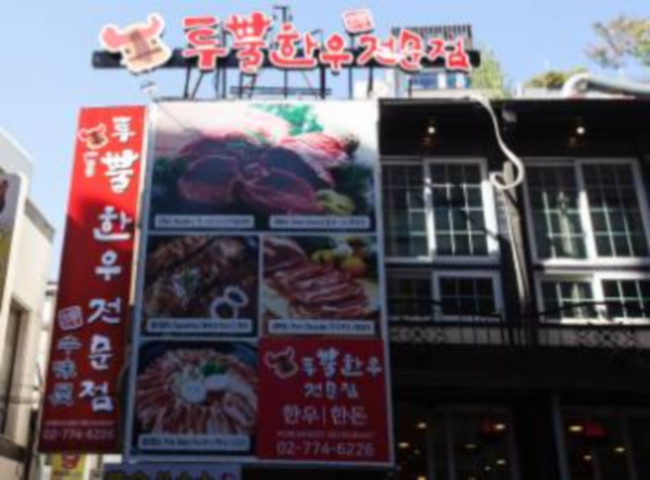
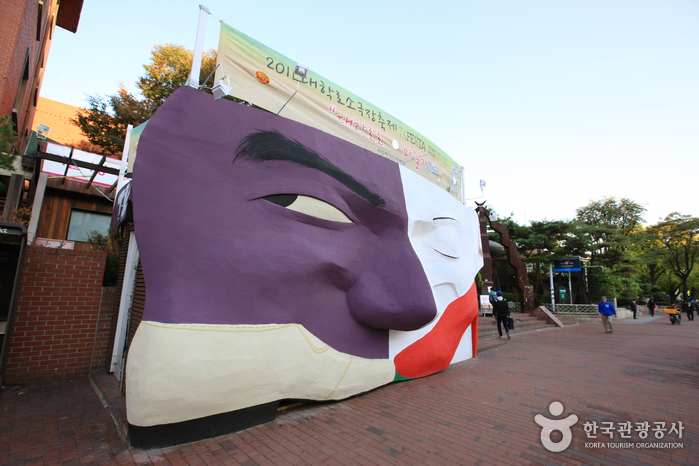
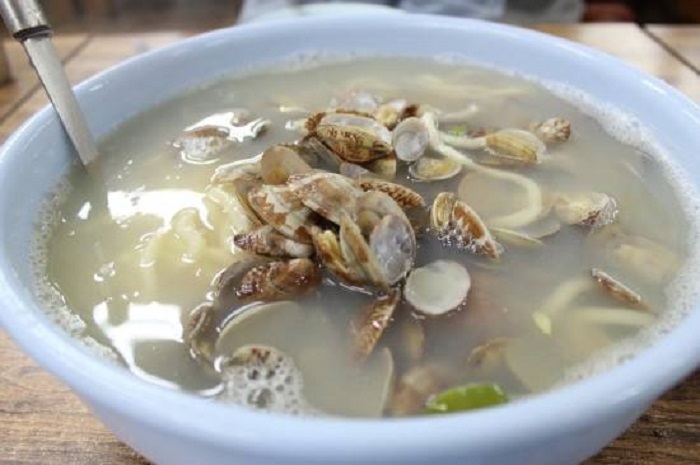
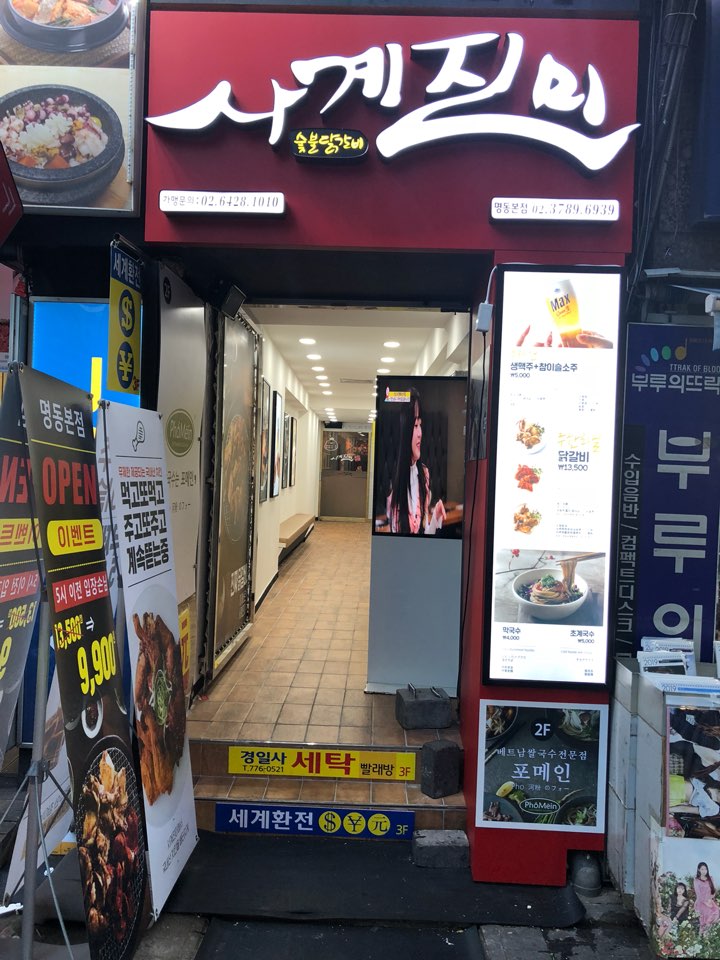
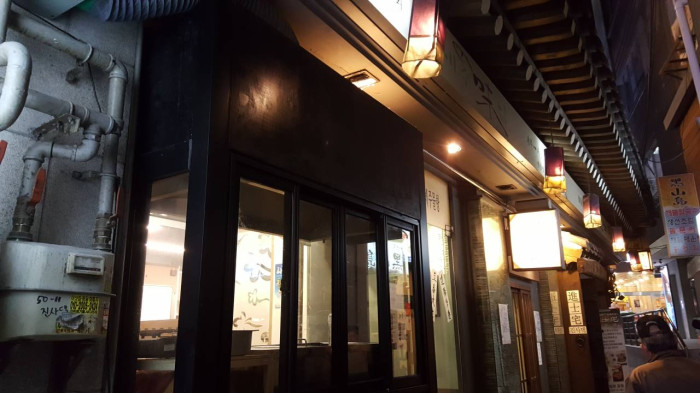
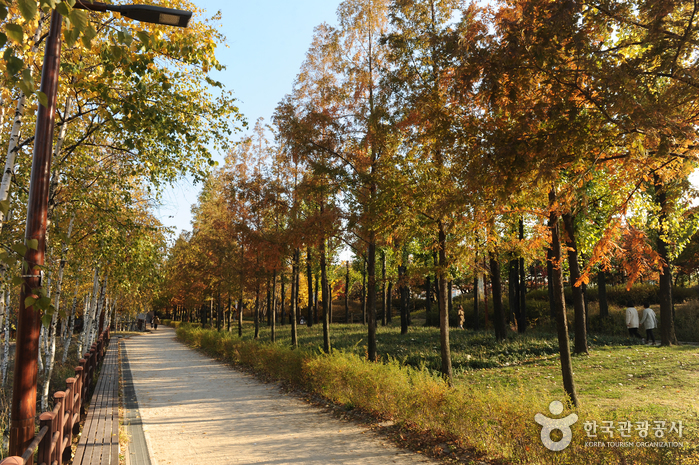
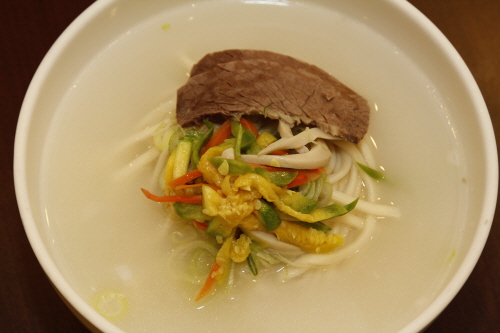
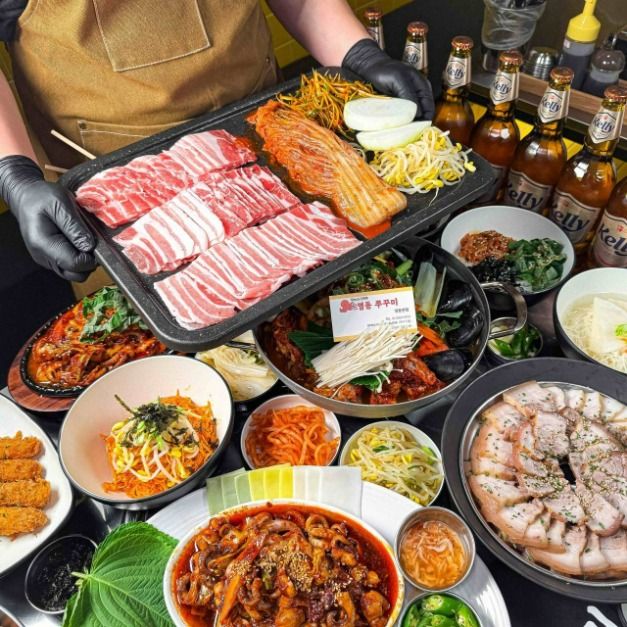
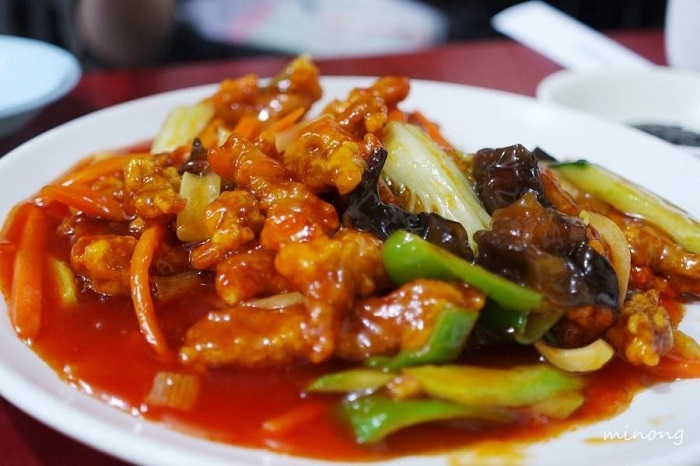
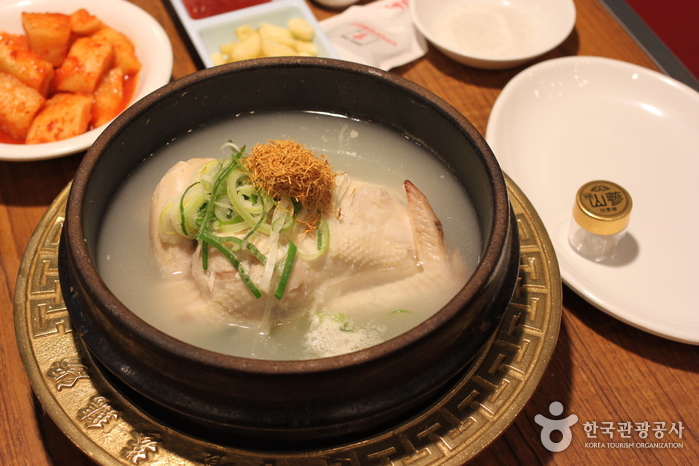
 Español
Español
 한국어
한국어 English
English 日本語
日本語 中文(简体)
中文(简体) Deutsch
Deutsch Français
Français Русский
Русский